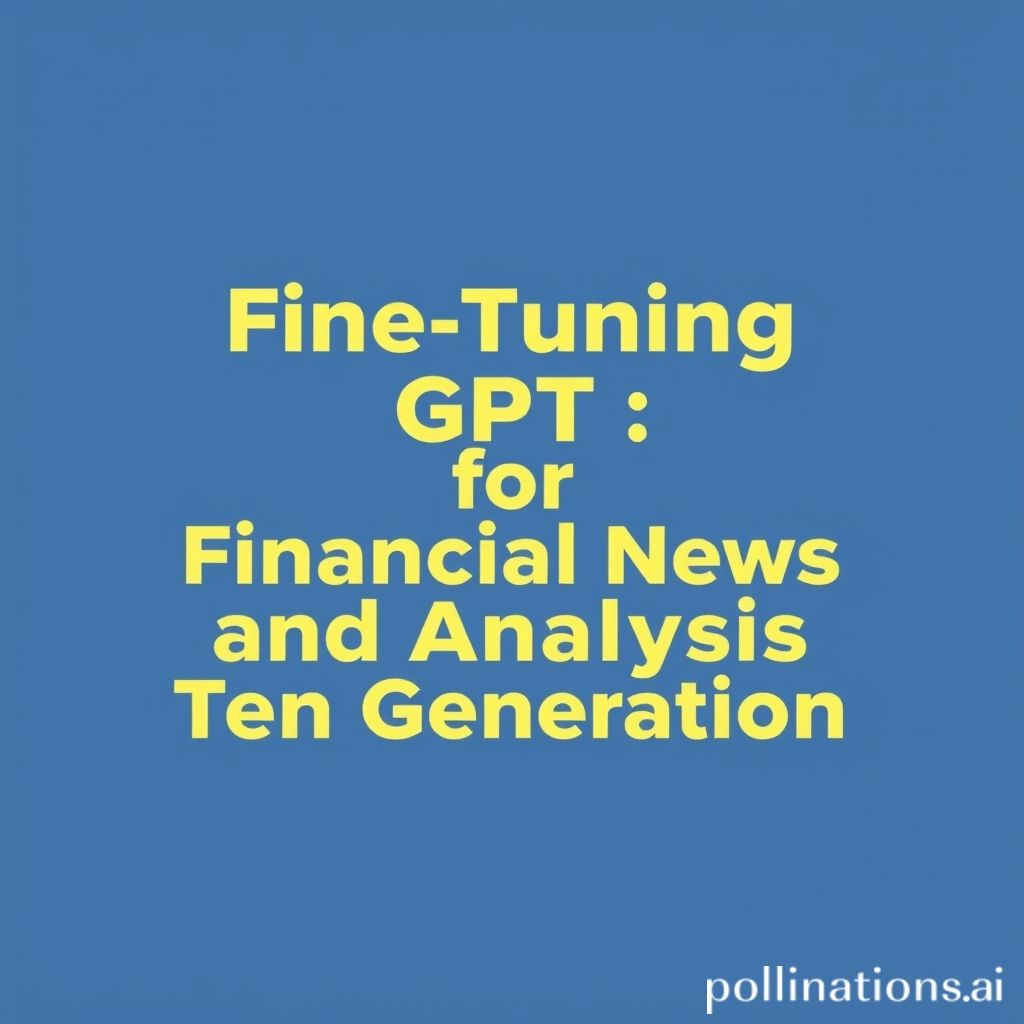Portfolio Optimization using Metaheuristic Algorithms
A Comparative Analysis of Simulated Annealing, Genetic Algorithm, Monte Carlo, and Particle Swarm Optimization
Introduction
This project focuses on implementing and comparing metaheuristic algorithms to optimize financial portfolios. The goal is to determine the best allocation of assets to maximize returns while minimizing risk, a core problem in modern portfolio theory.
- Objective: Optimize portfolio returns and risk trade-off using advanced algorithms.
- Algorithms Used:
- Monte Carlo Simulation
- Simulated Annealing
- Genetic Algorithm
- Particle Swarm Optimization
- Data Source: Historical financial data
- Tools and Libraries: Python, Pandas, NumPy, Matplotlib
Workflow Overview
The following outlines the key steps in implementing portfolio optimization:
1. Data Loading and Preprocessing
The project begins by loading historical financial data using the data_loader.py module. This
module reads time-series data containing stock prices and processes it into a usable form.
- File Source: CSV files containing adjusted closing prices.
- Preprocessing Steps:
- Handling missing values using interpolation.
- Normalizing data for consistency.
- Calculating daily returns to form the basis for risk and return metrics.
Example snippet for data loading:
df = pd.read_csv('portfolio_data.csv')
returns = df.pct_change().dropna()
2. Optimization Algorithms
This project employs four metaheuristic optimization algorithms to solve the portfolio allocation problem:
Monte Carlo Simulation
Monte Carlo generates thousands of random portfolio allocations, calculating the risk and return for each. The optimal portfolio is identified by comparing Sharpe Ratios.
for i in range(num_simulations):
weights = np.random.random(n_assets)
weights /= np.sum(weights)
portfolio_return = np.sum(weights * mean_returns)
portfolio_volatility = np.sqrt(np.dot(weights.T, np.dot(cov_matrix, weights)))
Simulated Annealing
Simulated Annealing explores the solution space, accepting suboptimal solutions probabilistically to escape local minima. This algorithm mimics a cooling metal's behavior to refine optimal solutions.
- Temperature: Gradually reduced over iterations.
- Acceptance Probability: Allows exploration of worse solutions early on.
current_solution = initial_solution
for t in range(max_iterations):
neighbor = generate_neighbor(current_solution)
if accept_solution(neighbor, current_solution, temperature):
current_solution = neighbor
temperature *= cooling_rate
Genetic Algorithm
The Genetic Algorithm evolves portfolios over generations using crossover, mutation, and selection processes. Each "individual" represents a candidate solution (portfolio weights).
- Fitness Function: Maximizes Sharpe Ratio.
- Crossover: Combines parents' weights to produce offspring.
- Mutation: Introduces slight random changes to explore new solutions.
population = initialize_population()
for generation in range(num_generations):
parents = select_parents(population)
offspring = crossover(parents)
mutate(offspring)
population = evaluate_fitness(offspring)
Particle Swarm Optimization
PSO treats candidate solutions as particles moving through the solution space, adjusting their position based on personal and group experiences.
- Velocity Update: Adjusted based on inertia, personal best, and global best.
- Position Update: Moves the particle to the next location.
for particle in particles:
velocity = inertia * velocity + cognitive * (personal_best - position) + social * (global_best - position)
position += velocity
Comparative Analysis
The algorithms are compared based on their performance in identifying the optimal portfolio. Key metrics include:
- Portfolio Return: The expected return of the optimized portfolio.
- Portfolio Volatility: Risk associated with the portfolio.
- Sharpe Ratio: A risk-adjusted return metric.
Results are visualized using line charts and scatter plots to display the efficient frontier and the optimal portfolios for each algorithm.
Key Highlights
- Compared the performance of multiple metaheuristic algorithms for portfolio optimization.
- Visualized the efficient frontier to identify trade-offs between risk and return.
- Implemented custom fitness functions to prioritize Sharpe Ratio maximization.
- Simulated Annealing and Particle Swarm Optimization demonstrated the best results in terms of accuracy and convergence speed.
Conclusion
This project demonstrates the power of metaheuristic algorithms in solving complex optimization problems like portfolio allocation. By comparing Monte Carlo, Simulated Annealing, Genetic Algorithm, and Particle Swarm Optimization, we provide a robust framework for portfolio optimization.
The results highlight the importance of balancing risk and return and showcase how advanced algorithms can enhance financial decision-making.
GitHub Repository
Access the complete source code and detailed documentation: GitHub Repository
Created with passion for quantitative finance and algorithmic solutions. Explore more projects at GitHub.

